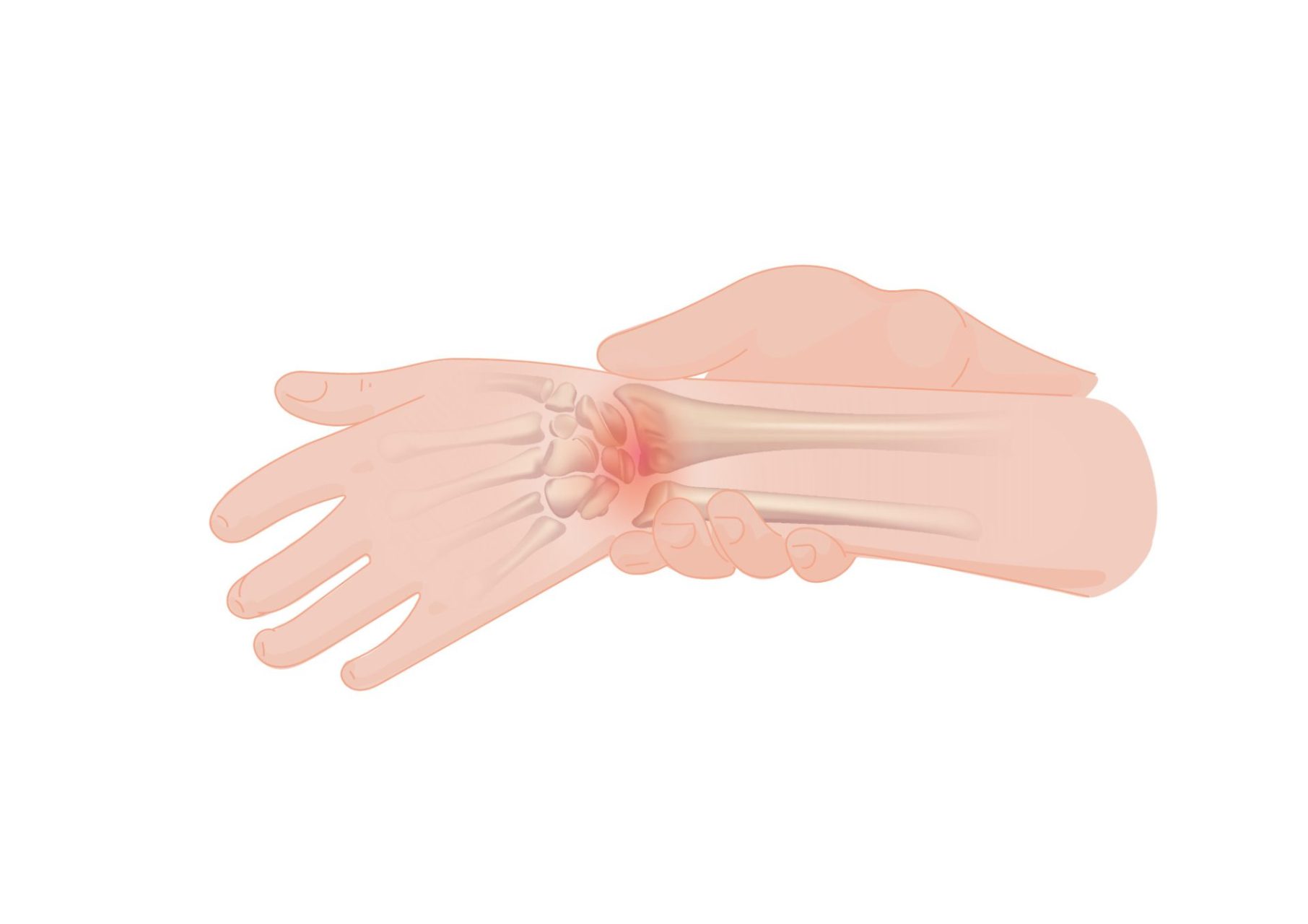Scapholunate instability is a condition that affects the ligaments connecting the scaphoid and lunate bones in the wrist. It occurs when these ligaments are stretched, torn, or damaged, leading to instability and abnormal movement of the bones in the wrist joint. This instability can cause pain, limited wrist function, and difficulty performing daily activities.
Managing scapholunate instability requires a comprehensive approach to stabilize the wrist, reduce symptoms, and improve overall wrist function. Physiotherapy plays a crucial role in the treatment process, helping individuals regain stability, alleviate pain, restore range of motion, improve motor control, and strengthen the wrist.
The treatment of scapholunate instability typically involves following the 5 stages of rehab:
- Pain management: The initial focus is on managing pain and reducing inflammation in the affected area. Physiotherapists may employ various techniques such as manual therapy, soft tissue mobilization, and modalities like ice therapy to alleviate pain. They may also recommend the use of splints or braces to provide support and reduce stress on the unstable wrist.
- Range of motion: Once pain is under control, the emphasis shifts to restoring normal range of motion in the wrist. Physiotherapists prescribe gentle stretching and range of motion exercises to improve flexibility and alleviate stiffness. These exercises aim to gradually increase the mobility of the wrist and prevent joint stiffness.
- Motor control: This stage focuses on improving motor control and coordination of the wrist. Physiotherapists prescribe specific exercises to enhance muscle activation and proprioception, such as wrist circles, finger taps, and wrist rolls. These exercises aim to improve the individual’s ability to control and stabilize the wrist during functional activities.
- Strengthening: Strengthening the muscles surrounding the wrist is crucial for restoring stability and improving overall wrist function. Range physiotherapists will design a personalized exercise program that targets the muscles of the forearm, hand, and wrist. This may include exercises using therapy putty, hand grippers, or resistance bands to gradually build strength and endurance.
- Maintenance and prevention: The final stage focuses on maintaining the gains achieved through rehabilitation and preventing future instability. Range physiotherapists will provide guidance on proper ergonomics and body mechanics during daily activities to minimize stress on the wrist. They may also advise individuals on exercises and strategies to maintain wrist stability, such as regular strengthening exercises and modifications to activities that involve repetitive wrist movements.
It is important to work closely with a qualified physiotherapist who specializes in treating scapholunate instability. Range physiotherapists will assess your condition, develop a tailored treatment plan based on the stages of rehab, and monitor progress throughout the rehabilitation process. With proper treatment, exercises, and modifications to activities, individuals with scapholunate instability can experience improved wrist stability, reduced pain, and a return to their desired level of activity.
For more information regarding scapholunate instability please see: https://www.physio-pedia.com/Lunate_Instability?utm_source=physiopedia&utm_medium=search&utm_campaign=ongoing_internal


